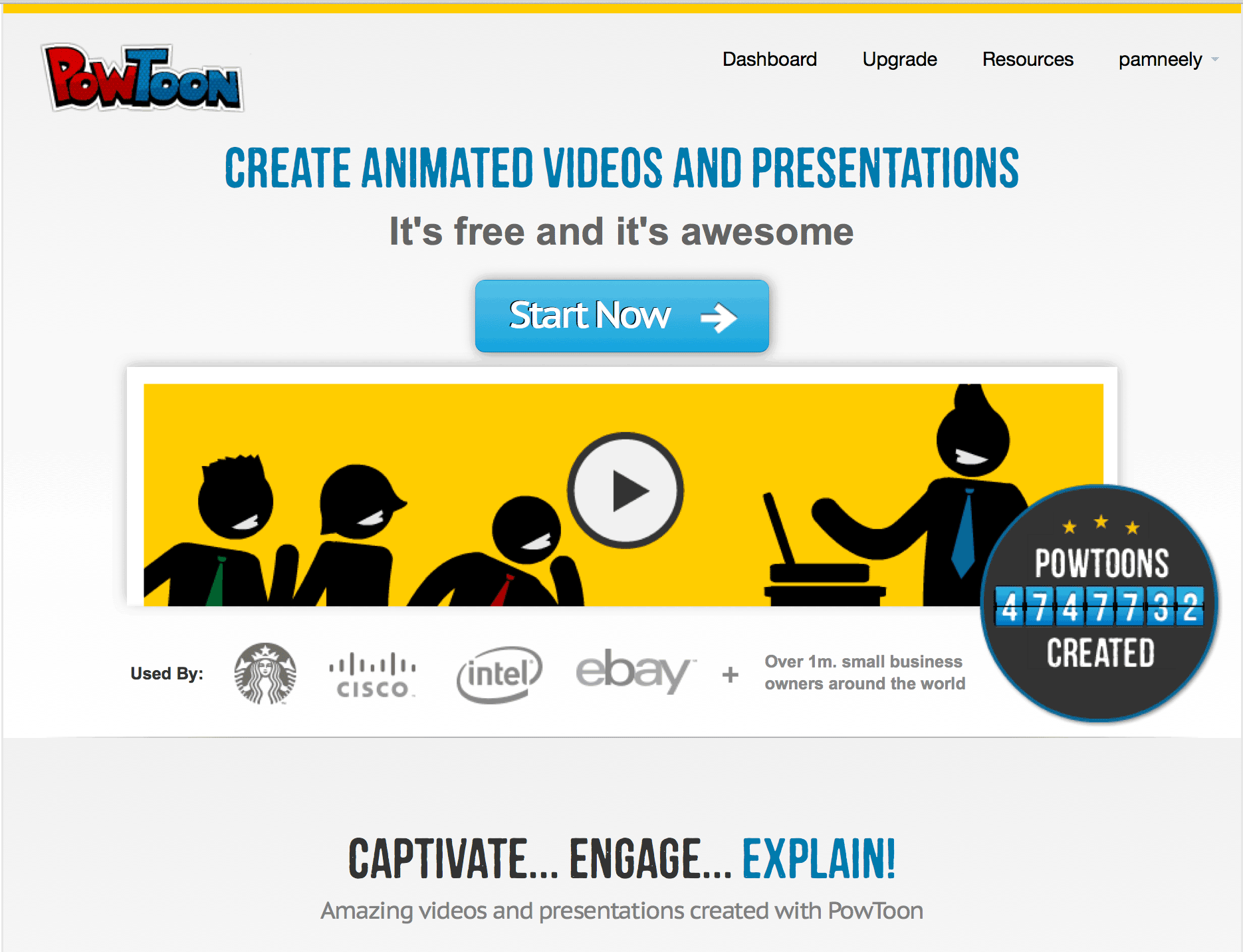Editor’s Note: This article was originally published by Web Marketing Today. Practical Ecommerce acquired Web Marketing Today in 2012. In 2016, we merged the two sites, leaving Practical Ecommerce as the successor.
Storytelling is one of the marketing world’s new darlings. It’s a marketing strategy that has made it’s way into everywhere from board rooms to mom and pop stores. Storytelling is even being hailed as the single most powerful business skill for the next decade.
Unfortunately, storytelling as applied to business can seem a bit lofty – more like a concept than a tactic. That’s especially true if you’re not a Fortune 500 company with a multi-million dollar budget for television commercials.
So does storytelling apply to smaller businesses? Can storytelling be practical? In a word: Yes.
Storytelling is actually the oldest way to deliver a message – or to explain the world. Ancient peoples used storytelling. The Bible uses storytelling. Your uncle uses storytelling. You’re using storytelling for yourself and your business, even if you don’t call it exactly that.

Storytelling is one of the oldest forms of communication.
You’re already a storyteller, but it’s always good to improve your skills. So here are seven techniques to help you explain yourself and your business better. Even a few tweaks to your story can deliver major results.
But just knowing how to be a better storyteller isn’t enough. So I’ve listed five areas of your business that you can apply your new storytelling skills to. These address very specific goals, like getting more readers to your blog, explaining what your company does, and attracting ideal employees.
Storytelling can seem like a lofty, magical topic, but it’s actually one of the simplest, oldest ways to promote anything. You may find you even like it.
Here are seven storytelling techniques:
1. Have an Enemy and a Hero
Stories need a good guy and a bad guy – also called a hero and an enemy. The enemy can be a thing, like a desert or “the system” or even a fear within the hero. The arc of the story is how the hero beats the enemy.
Questions to ask yourself about this might include: What’s the core enemy of my customers or clients? Is it danger? Wasted money? Unfulfilled dreams? Bad hair?
2. Use Conflict
Conflict is how the friction between the enemy and hero manifests. Maybe it shows up as the hero deciding to cross the desert, or when you, the business owner, decided to figure out how to defeat a problem. Conflict also describes the obstacles you encountered on your way to success, whether they were problems with your bank or with a tornado. If the hero has no struggle, then it’s a lame story.
3. Omit any Irrelevant Detail
Omit any detail that doesn’t move the story forward or develop the characters. This is about keeping the readers’ attention. If they don’t need to know about your red bicycle to understand the arc of your story, don’t tell them about the bicycle. If they don’t need to know what kind of awesome, high-tech sneakers you used to cross the desert, don’t tell them about the sneakers.
4. Tell the Story Like You Talk
This one’s pretty simple. Corporate-speak ruins stories. Talk like you would normally talk. If you sound a little too corporate to pass as an average person, hire a storyteller.

Visual stories are powerful vehicles to convey a message. Add visual elements to your business storytelling to make it more convincing.
5. Make It Visual
There’s a reason children’s storybooks are mostly pictures, and that so many of the greatest stories ever told have been made into movies. Images bring a story to life. You can tell a story just by standing up and talking, but it had better be one heart-clutcher of a story. And even then, added images will make it more powerful.
6. Make It Personal & Easy to Relate To
To immediately borrow from the last point: Use images of what actually happened, or where it happened. Use images of the real people in the story, not stock photo models.
And again, talk like you talk. Show your personality. Reveal a bit of your weaknesses and your fears. Everybody else has those weaknesses and fears, too. This leverages a subtle power of storytelling: When we tell our own story, often we are telling other people’s story too. Those people are your ideal audience, and your ideal customers or clients.
7. Add Surprise
A story with no surprises is boring. You knew this already (because you’re already a storyteller, remember?), but it bears repeating. Whether it’s a good surprise or a bad surprise, every good story has at least one surprise. This is an essential to a story as conflict.
Where Can I Apply Storytelling?
Now that you’ve got the thumbnail version of how to tell a good story, here’s where to apply that story in your business:
1. Your Blog
You can use your blog as a segmented way to tell the long version of your story, or you can use each blog post is a mini-story. For example, you could write a post about your father, who was in the same business as you are now, and write the post as a story about something he did. That’s telling a segment of your extended story. Or you could write a blog post about a client who struggled with something and how they overcame it as the mini-story you open a blog post with.
2. Videos
Any story you can think of about you or your business or your industry or your customers can be made better by creating a video of it. There’s even a new tool called PowToon that will let you add some animations to your videos. You could create entire videos with just PowToon, and skip all audio or any images of you or anything else, but adding specifics will help.

PowToon
3. About Page
This was already a page for your company’s story, though no one called it that until storytelling was cool. Look at your About Page as the ideal place to tell your story. That’s a great lens to view it through when you rewrite it.
4. Advertising Hooks
To remind you how powerful storytelling can be as an advertising hook, I’ve got one question: “Can you hear me now?”
5. Attracting Employees
Whether you’re attracting new employees or inspiring existing ones, stories are a fantastic tool. Remember how I said stories are a way to explain the world? How would you explain your company’s worldview in a story?
Are any you using any other storytelling techniques in your business? Have they made a difference in your marketing? Let us know in the comments.



